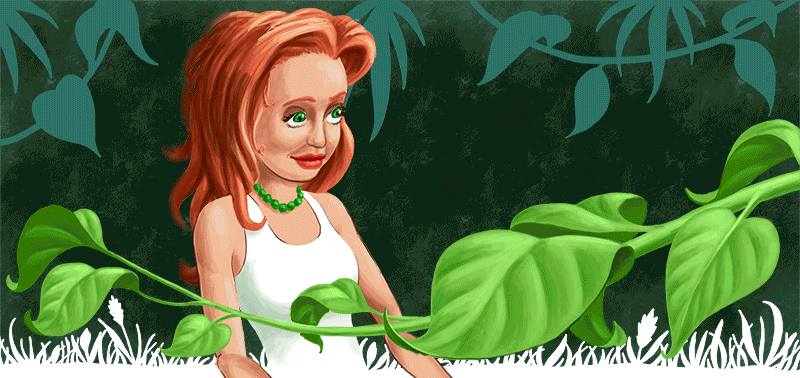App uses crowd sourcing to help you identify flora and fauna
Many of us spend more time outdoors in the summer. You might be gardening, walking in the park or camping in the wilderness. All of these activities bring you closer to nature and the plants and animals that inhabit it.
If you take the time to stop and smell the roses while outdoors, you may notice some other flowers that you’re not familiar with. There will be some bugs, birds and other critters buzzing, flitting and crawling around in the brush. Some of them you may recognize, but others you won’t. If you’re curious about these unfamiliar life forms, and you have a camera handy (and these days, who doesn’t?), snap a picture and open it in iNaturalist. The free app, and accompanying website (inaturalist.org), are the result of a partnership between the California Academy of Sciences and National Geographic. Crowd sourcing is used to identify plants and animals all around the world. The app is compatible with Android and Apple devices.
You can take pictures of your observations from within the app, or you can take them without the app and import them. Once the photo is in the app, you record information about your observation. You can set the app to automatically record the time and location, or you can do it manually. If you know the name of the organism, you can enter it. If you don’t recognize it, the app will show you suggestions of similar images to help you figure out what it is. If none of the suggestions match, you can upload the image to the iNaturalist community for help in identifying it. You need to create an account to interact with the app’s community.
After shooting some test photos and playing around with the app, I discovered some tips to increase the odds of making an identification. Shoot several photos of your subject from different angles. If it’s a plant, shoot the flowers, leaves, stems, bark, etc. This will help match it to the photos provided by the app to make a match.
Since the suggestion photos are shot by users of the app, they vary widely in quality. There’s no guarantee they will be shot from the same angle, or even at the same time of year, as your pictures. Even though National Geographic is a partner in the app, don’t expect the photos to be of the caliber in the magazine.
iNaturalist lets you interact with its community in several ways. You can follow the observations of other users or explore images taken in different locations. You also can collaborate on projects and help others identify their observations. Regular updates are posted on nature-related stories. There’s also a citizen scientist component to the app. If you fill out all the information on the form when you upload an image, it is shared with multiple scientific agencies. Gathering information from millions of users around the world provides a useful database for many types of research. And, of course, there’s an online store built in where you can buy merchandise, and there’s a section to donate to the organization.
The app and website have clean, functional designs. The app has a short video tutorial, and the site has more extensive tutorials and a help section. In my testing, I was only able to identify about half of my observations, but I think if I took more photos and gave the crowd sourcing more time to help, that number would improve.

Kevin OʼNeill has been a staff artist for The Times-Tribune since June 1993. In addition to doing illustrations and infographics and designing pages for the paper’s print and electronic publications, he writes InSites, a weekly column about websites and apps. Contact: koneill@timesshamrock.com; 570-348-9100 x5212




